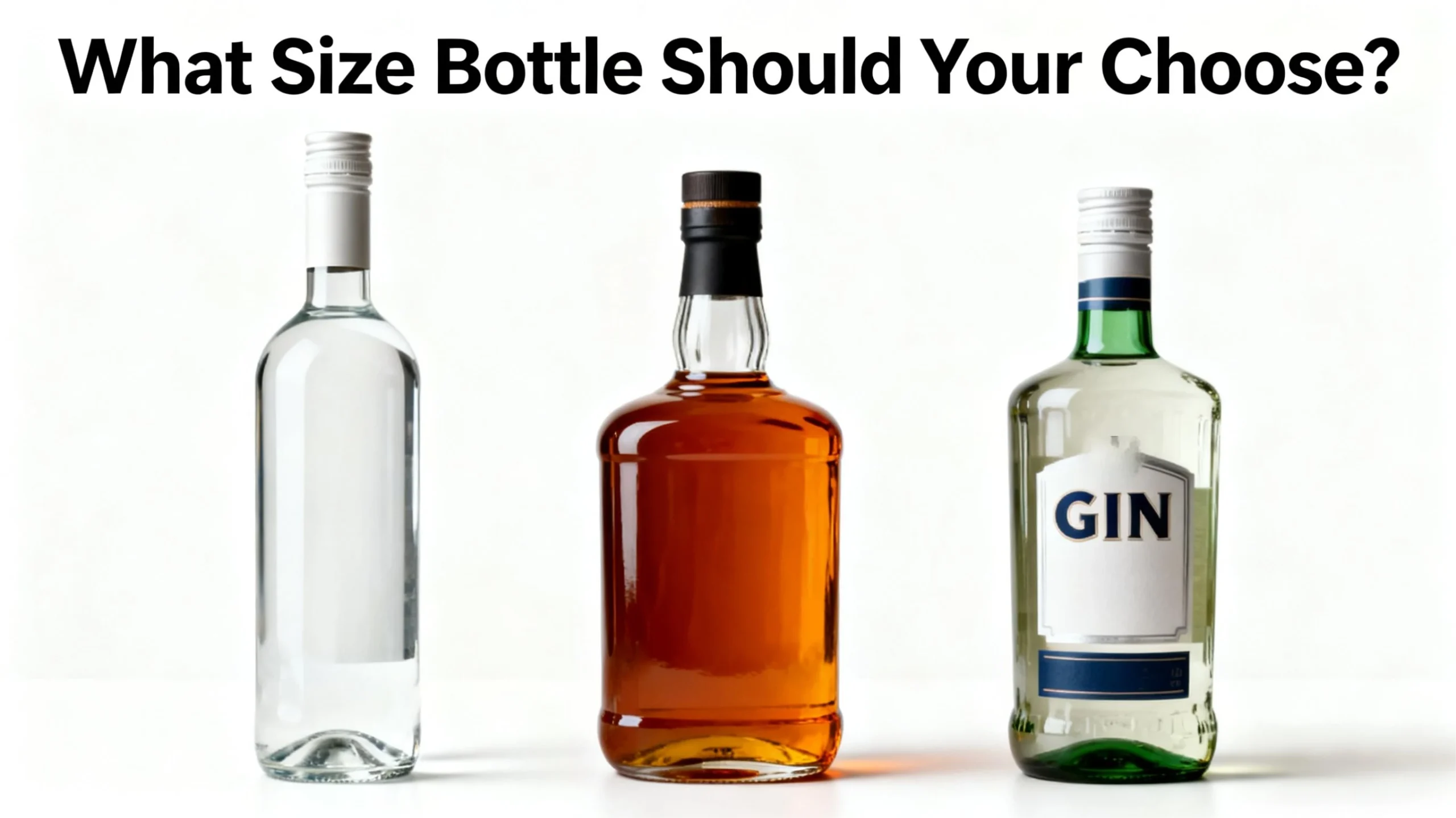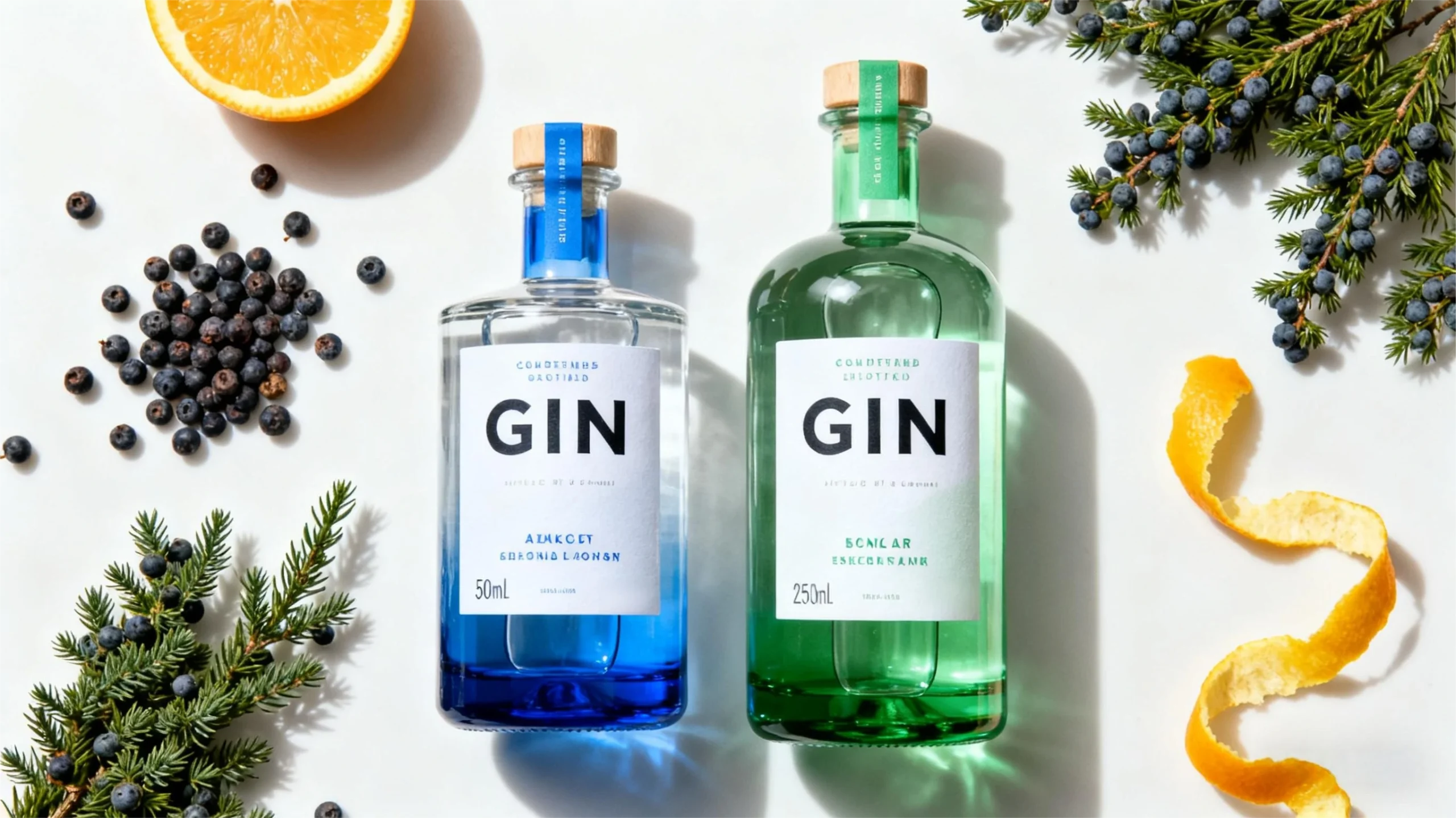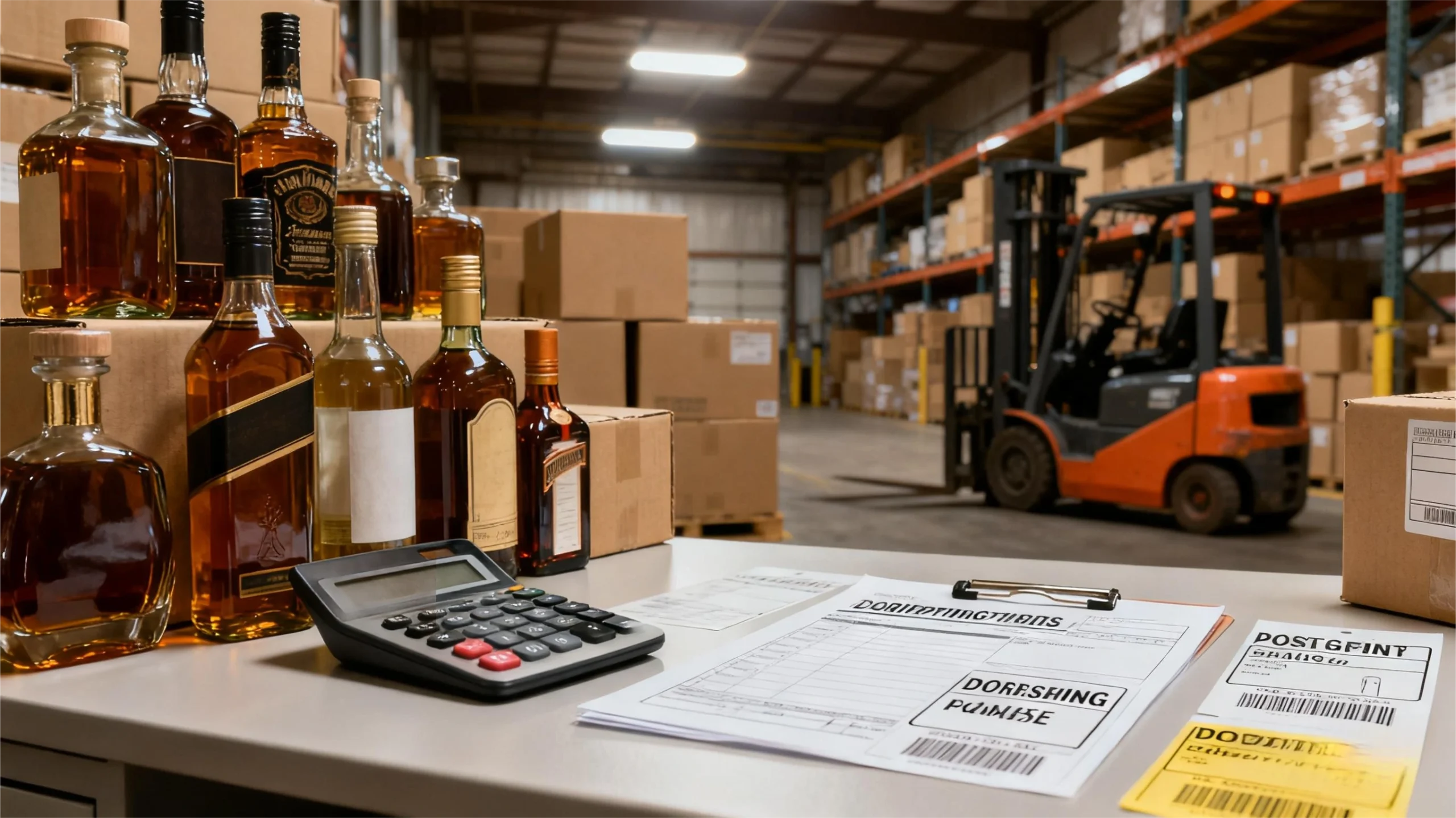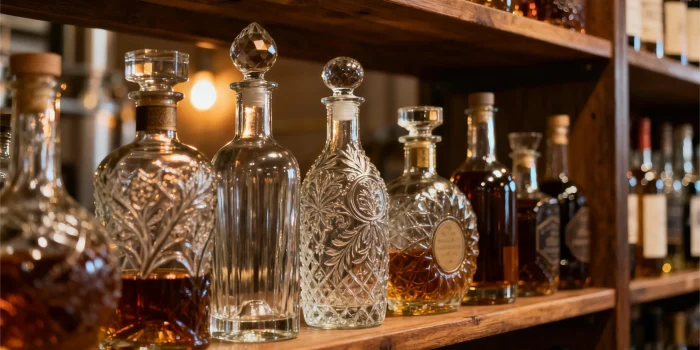Want Custom Whiskey on a Budget? Here's the…

What Size Bottle Should You choose? Vodka vs. Whiskey vs. Gin
What Size Bottle Should You Choose? Vodka vs. Whiskey vs. Gin

Choosing the right bottle size is important when selling spirits like vodka, whiskey, and gin. The bottle size not only affects how much product you sell but also impacts storage, shipping, and customer preferences. In this blog, we will compare bottle sizes for these three popular spirits and help you make the best choice for your brand.
Why Bottle Size Matters

The size of the bottle you choose can influence your sales and marketing. A larger bottle offers more product at once, which can be good for sharing or events. Smaller bottles are easier to carry and try, making them great for sampling. Bottle size also affects pricing, shelf space in stores, and how customers perceive the value of your spirit.
Common Bottle Sizes for Vodka

Vodka is often sold in a variety of bottle sizes. The most common size is 750ml, which is popular in many countries as a standard serving. Some brands also offer 375ml bottles for people who want less quantity or a chance to try different flavors. Larger bottles like 1 liter or 1.75 liters are used for parties or bars. When choosing a bottle size for vodka, think about your target audience and how they might use the product.
Typical Bottle Sizes for Whiskey

Whiskey usually comes in 750ml bottles as well, but occasionally you may see 700ml depending on the market. This size is traditional and fits well with aging processes and labeling laws. For premium or limited edition whiskeys, smaller bottles such as 200ml or 350ml may be offered as collectors’ items or samplers. Large bottles over 1 liter are less common but can be sold for special occasions.
Gin Bottle Sizes to Consider

Gin is similar to vodka in terms of bottle sizing, with 750ml being the most popular size. Craft gins and flavored versions sometimes come in smaller bottles like 500ml to target niche buyers or tourists. Larger sizes such as 1 liter bottles are often found in bars or clubs. Choosing the right gin bottle size depends on your brand’s market and whether you want to encourage repeat purchases.
Comparing Bottle Sizes Across Spirits

While vodka, whiskey, and gin share many standard bottle sizes, small differences exist due to regional laws and traditions. For example, some countries prefer 700ml whiskey bottles, while vodka is mostly 750ml worldwide. Gin’s craft market allows for more flexibility in bottle sizes. Understanding these patterns helps you pick bottle sizes that fit legal requirements and customer expectations.
How Bottle Size Affects Marketing and Branding

The size of your bottles can send a message about your spirits. Larger bottles might suggest value and robustness, appealing to families or gatherings. Smaller bottles can look stylish and exclusive, ideal for premium or gift products. Using the right bottle size supports your brand image and helps customers understand what your spirit offers.
Practical Tips for Choosing Bottle Size

Think about where your spirits will be sold—retail, bars, or online. Also consider shipping costs, since bigger bottles cost more to transport. Start with a common size like 750ml and add smaller options or limited editions over time. Don’t forget to check local laws about minimum and maximum bottle sizes.
Conclusion: Finding the Perfect Bottle Size

Choosing a bottle size for vodka, whiskey, or gin is a balance of business needs and customer habits. By knowing the common sizes and their uses, you can select bottles that attract buyers and fit your brand. Whether you aim to sell in large volumes or focus on niche markets, picking the right bottle size is key to success in the spirits industry.


